Cooking meat to the right level of doneness is crucial for both flavor and safety. Undercooked meat can harbor harmful bacteria that may lead to food poisoning, while overcooked meat can become dry and unpalatable. Knowing how to judge if meat is properly cooked involves understanding various factors such as cooking methods, temperature, color, texture, and even the use of cooking tools. This guide will provide comprehensive insights into how you can accurately determine if your meat is cooked to perfection.
Understanding Cooking Temperatures
One of the most reliable ways to check if meat is cooked is by using a food thermometer. Different types of meat require specific internal temperatures to ensure safety and optimal taste. For instance:
- Poultry: The internal temperature should reach 165°F (74°C). This temperature kills any bacteria, including salmonella, that may be present.
- Beef, Pork, and Lamb: These meats can be cooked to various levels of doneness, ranging from rare (125°F to 130°F or 52°C to 54°C) to medium-rare (130°F to 135°F or 54°C to 57°C), medium (135°F to 140°F or 57°C to 60°C), medium-well (140°F to 150°F or 60°C to 66°C), and well-done (155°F or 68°C and above). However, for safety reasons, especially with pork, it’s generally recommended to cook to at least 145°F (63°C) to ensure all potentially harmful bacteria are destroyed.
- Ground Meats: These should be cooked to 160°F (71°C) to ensure that any bacteria present on the surface are killed throughout the entire product.
Visual Indicators: Color and Texture
While using a thermometer is the most accurate method, there are visual cues you can observe to get a general idea of doneness. However, these should always be used in conjunction with temperature checks for safety.
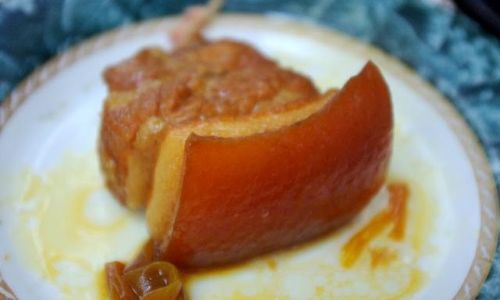
- Color Change: As meat cooks, its color changes from raw (usually red or pink) to a brownish hue. For example, raw beef is bright red, while cooked beef turns a darker brown. However, color alone is not a reliable indicator because the exterior of the meat can brown quickly, giving a false impression of doneness.
- Juices: When you pierce cooked meat with a fork or knife, the juices that run out should be clear or have a slightly pinkish hue for red meats. If the juices are bloody, the meat is likely undercooked.
- Texture: Properly cooked meat should be tender and easy to cut with a fork or knife. Undercooked meat will be tough and may have a rubbery texture. Overcooked meat will be dry and may fall apart easily.
Touch and Feel
Experienced cooks often rely on touch to gauge doneness, especially when dealing with thicker cuts like steaks or roasts. This method, known as “touch testing,” involves pressing the meat with your fingers or using the palm of your hand as a reference point.
- Raw Meat: Feels soft and yields easily to pressure.
- Medium-Rare: Feels firm but still has some give, similar to the fleshy part of your bottom thumb when you press it with your index finger.
- Medium: Feels firmer, akin to the fleshy part of your thumb when you press it with your middle finger.
- Well-Done: Feels very firm and almost rigid, like the base of your thumb.
While this method can be useful, it requires practice and is less reliable than using a thermometer.
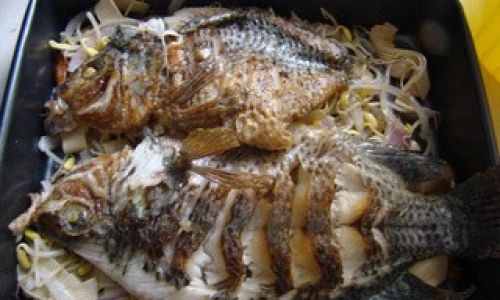
Using Cooking Tools and Techniques
Certain cooking tools and techniques can help you better control and assess the doneness of meat.
- Meat Thermometers: As mentioned, a food thermometer is the most accurate way to check doneness. Insert it into the thickest part of the meat, avoiding bones and fatty areas, which can give false readings.
- Instant-Read Thermometers: These are particularly useful for grilling and searing, where you need quick, accurate readings.
- Probe Thermometers: These stay in the meat while it cooks, allowing you to monitor the internal temperature in real-time.
- Sous Vide Cooking: This method involves sealing meat in a vacuum-sealed bag and cooking it in a water bath at a precise temperature for an extended period. Since the temperature is controlled, doneness is guaranteed as long as you follow the correct cooking time for the type and thickness of meat.
- Self-Cooking Tools: Devices like the Meat Stick or other smart meat probes can alert you via an app on your smartphone when your meat has reached the desired temperature.
Cooking Methods and Their Impact on Doneness
Different cooking methods affect how meat cooks and how you should check for doneness.
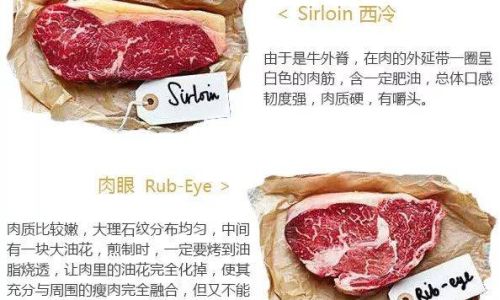
- Grilling: Direct heat can create a sear on the outside while the inside cooks more slowly. Use a thermometer to ensure even cooking.
- Roasting: Roasting in an oven allows for more consistent cooking. Use an oven-safe thermometer to monitor internal temperature.
- Searing and Braising: These methods involve searing the meat on high heat and then cooking it slowly in liquid. Check doneness with a thermometer after the braising process.
- Stir-Frying: Since stir-fries are cooked quickly over high heat, visual cues and texture are more important. Ensure the meat is fully browned and cooked through.
- Slow Cooking: Slow cookers cook meat at low temperatures over long periods. Use a thermometer to check doneness, especially for larger cuts.
Safety Considerations
Always wash your hands, utensils, and surfaces thoroughly after handling raw meat to prevent cross-contamination. Never reuse marinades that have been in contact with raw meat without boiling them first. Additionally, store cooked and raw meats separately in the refrigerator to avoid any risk of contamination.
Final Thoughts
Determining if meat is properly cooked is a combination of art and science. While visual cues and touch can give you a general idea, using a food thermometer is the most reliable way to ensure safety and optimal taste. Understanding the specific cooking temperatures for different types of meat, along with the use of cooking tools and techniques, will help you achieve perfectly cooked meat every time. Remember, the key to delicious and safe meat is patience, attention to detail, and the right tools. Happy cooking!
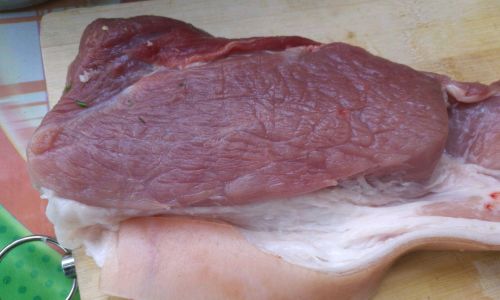
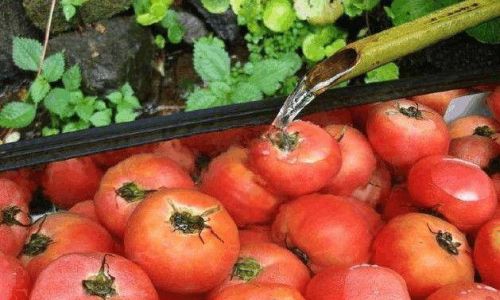
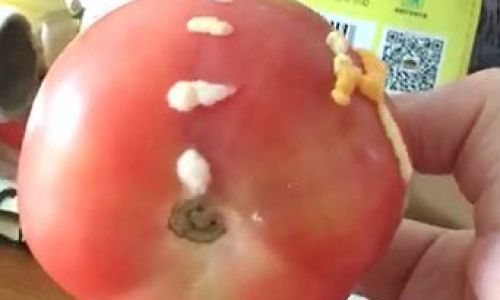
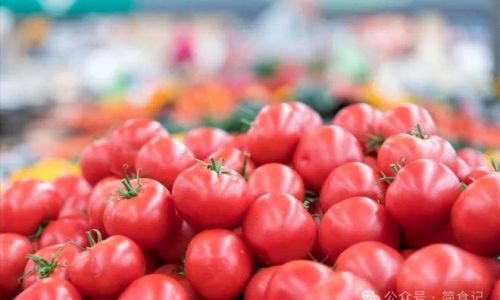
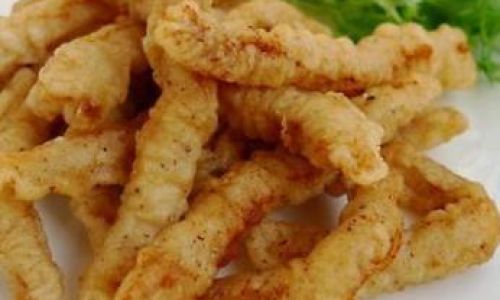
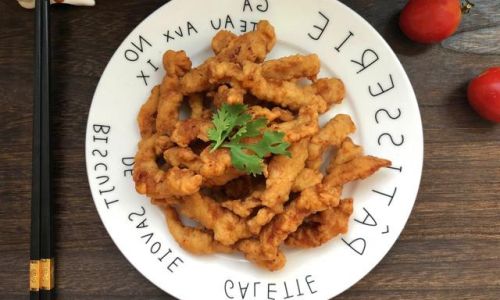
0 comments